Interview With Visual Artist Troy Gua on His “Le Petit Prince” (Visual Art)
Oftentimes the art world can be an expression of serious, referential art. So it’s refreshing to come across someone who is truly having fun with it, and using a subject matter close to my heart, Prince.
Troy Gua is a Seattle-based visual artist, who has been working furiously over the past five years, creating art that explores pop culture and his fascination with the social medias. His most notable exhibits are his Pop Hybrids, where he combines two iconic figures and reduces the personality into logo, reducing their individuality into a collective, and reduces the photography to a design, creating interesting images that force you to create your own meaning and subversion. His Colorbandz, are portraits at the speed of technology, a concept at first glance seem like bands of colour but as you grasp the concept of the Colorbandz, it begins to come clear. (See Troy Gua‘s self Colorbandz portrait at the end of interview.)
But it wasn’t until Gua tackled the project of making his own Gerry Anderson inspired marionette of his musical idol Prince, the Le Petit Prince, that his name traveled beyond the West Coast. As you will see below, the marionette captures the essence of Prince, from his hypnotic stare, and his perfectly defined lips, to this pristine and unique sense of style. Gua’s symbolic tribute to the artist who has inspired him throughout his life has garnered much attention, and we are sure to see more of Le Petit Prince in the future.
Muphoric Sounds got the chance to talk to Gua about his work and what sparked him to pay homage to Prince in what he calls, “a loving tribute, that is meant to be a parody” of his idol. Le Petit Prince is quirky yet perfect, all at the same time.
To view more of Troy Gua’s work, visit his website at www.troygua.com. You can also “Like” his Facebook page to receive updates on Le Petit Prince.
******
INTERVIEW WITH TROY GUA
Muphoric Sounds: Who is Troy Gua?
Troy Gua: I’m a dude who just grew up expecting that I was going to be an artist. That’s what I got a pat on the head for as a kid. And I’ve been chasing that pat on the head ever since.
MS: Has it always been in visual arts?
Gua: Yes, since I was little kid I just liked to draw, constantly. I was the youngest of four kids. The next one was 9 years older than me; so I was sort of like an only child, spent a lot of time by myself, and liked to draw musicians and pop stars. I made a series of poor decisions in my late teens and twenties, married my childhood sweetheart, and kind of left my dreams on the wayside. And I kind of gave up on who I was supposed to become and played house for a few years. Became an alcoholic and a drug addict actually. [Laughs] I always had a job. I was married and responsible but I was kind of a shell of my real self and medicated and numbed myself to that fact for a long, long time. Eventually, that all caved in, and my whole life flushed and it was a reboot. And I met this woman online named Catherine and we fell in love and kind of hit the ground running. We decided to get sober together and make a happy life for ourselves. That was around 2005 when we met and since then I’ve been focusing on getting that dream in order.
MS: You’ve been working solidly since 2008, what has been the best experience for you so far?
Gua: To be completely honest, this [Le Petit Prince]. This has been the most attention I’ve had. I’m in Seattle, which is a pretty insulated community, this bubble in the corner of the country and I’ve been working my butt off for about five years, constantly showing work, feeling like a rubber ball bouncing around the room not being able to break out. And I’d been frustrated for a while with that.
MS: But it seems to be working.
Gua: The funny thing is, as soon as I was discouraged enough, to say, ‘screw it, I’m not going to make this kind of art, it’s bringing me down, I’m just going to start having fun …and make myself a little Prince doll.’ [Laughs] That’s when everybody started to pay attention, which is amazing. But of course, it’s Prince!
MS: What sparked you to make the doll?
Gua: I knew at some point I was going to make this little guy but I knew that when I did it, I was going to have to make it so perfect that it was kind of daunting to me. As a kid, I was really into Team America and Thunderbirds. When Team America came out, my buddy and I saw it six weeks in a row, every Friday. And we said, “We need to make our own marionettes.” So I did mine, and then I later did my wife. And then I made a Salvador Dali. Right after Michael Jackson died, I had a show opening two or three days later for the Do You See Me? exhibit, which is all about social media. It was different to what I had been showing around in Seattle, which was just the Pop Hybrids at that point. Nervous about the show and literally glued to the television – I couldn’t believe that Michael Jackson just died, my hands just couldn’t stop, and I made a Michael Jackson doll in a day. Then I was like, ‘I need to make Prince, but I’m going to let that one just sit for a while.’ Then last year was a real busy year for me. I did a lot of work and got a lot of recognition locally. It was going well, but I kept going through cycles of being discouraged, then getting pumped up, and started making this self-referential, cynical art, about the art world – art for artists, which was far away from what I wanted to do. I want to engage everybody. I want there to be multiple access points for as many different types of people and ideas as possible. I was very frustrated with myself, and my career. And then Prince came to town.
MS: The “Welcome 2 America” tour?
Gua: Yep, it blew my mind. It just reinvigorated passion, which happens every time he puts out a new album; I get back on fire with Prince. And I was like, now is the time to make this guy.
MS: The “Welcome 2 America” tour was in December 2010 and you had made the doll and clothes by February 2011?
Gua: The doll itself probably took a week. It really didn’t take long. It was more about the sourcing of the wig, the glass eyes. I think he was born on December 27th. I’ve gotten pretty good that I can bust out an outfit in like a day or so. It’s the sets that take up a lot of time. I’m working on the Sign O’ the Times album cover now and it’s pretty complex.
MS: The clothes are so tiny with such detail. Did you have any difficulties while making them?
Gua: It’s all been kind of trial and error basically. I was just trying to find somebody to make the clothes. I was scouring the web for someone to make me a little ruffle shirt from the Purple Rain era. He was going to have just the one outfit and that was it. I was emailing places in China, looking for people on Etsy and nobody wanted to do it. And then I found somebody in town who designs clothes for Chris Cornel and rock stars and she was asked, ‘What’s your budget?’ And I was like, ‘I don’t know. I don’t really want to spend more than a 100 bucks.’ And she was like, ‘Well that’s not going to get you very far.’ Then my wife was like, ‘Why don’t you just do it?’ I don’t sew! And she said, ‘Figure it out.’ And so I did.
MS: Has Prince seen the dolls yet?
Gua: I haven’t heard anything from Prince or his people. I’m assuming he has through Questlove. We’ve been back and forth on Twitter and he told me he sent out this mass email after he found Le Petit Prince, and he said it’s an email trail that keeps on giving. He sent me these five little quick quotes and said ‘I can’t tell you who they’re from, this is for your eyes only, but 5 of these people were in Purple Rain.’ So I guess, he has to have seen them at this point. As far a reproducing the dolls, he [Prince] could easily sue me but I wouldn’t reproduce the dolls without his consent. But as far as images of the doll, it would be his record label that could have an issue. If I was to sell copies of the album covers reproductions, that’s where I could possibly have a problem. That bums me out because those are the most fun pieces to make. I really want to make a book. Bust out a few more eras in [Prince’s] work and publish a book.
MS: What’s next for the doll? A remake of Purple Rain?
Gua: That was my first idea of wanting to do a remake of Purple Rain with these dolls, and make everybody. I wanted to hook up with Matt Stone [South Park]. Don’t know what the whole legality of what it would all entail. It’s another weird issue that I have to think about.
MS: You mentioned your Do You See Me? installation, where you bring in media, culture and society, where all these questions come up. Were you trying to find an answer to it all?
Gua: I think what I was trying to do was explore my own obsession with it [media]. At the time, Facebook wasn’t new, but it was pretty fresh for me and all fascinating, especially the “20 Random Things.” I was just blown away by some of the things people were putting out there. Some heavy shit, the kind of things you would never say to somebody’s face but it was just so easy to put it out there and the hit return button. It was just a cathartic kind of experience. So I started with my own “25 Random Things” which lead me to my friends. I chose a random thing from all these different lists and I did a piece with those random 25 things. There was a bunch of other things in that show too, but it stems from that and just this whole need to be seen. I got a desperate desire to be acknowledged.
MS: I was going to ask you about that – your quest for recognition and esteem. Why do you feel you need it?
Gua: Why do I feel I need recognition? I’m not sure. I think it’s my stab at immortality. Planting my seed, so to speak. I’m not going to have any kids, so the art I make is my offspring. I want it to be recognized. It’s some kind of existential thing, I guess, of wanting to be acknowledged. Maybe it’s some kind of weird psychological thing that I have. I think the Internet and social media feeds that. Maybe it also has something to do with my wanting to be a pop star and this is the thing I do best. I’m never going to be an actual pop star, but I could be an art-pop star. I think I’m still chasing that teenage dream in some way.
MS: What does art mean to you?
Gua: Art is my language. It’s part of my DNA. I hate labels, but I’m labeled as a pop artist, which can sometimes be looked down upon by other types of artists. There’s room for every kind of art as far as I’m concerned. Just the other day, I was on a lecture panel at this local academy about “Image Accessibility.” I showed slides about advertising and how there’s a psychology behind the reasoning with what is used as imagery, the colors, the shapes, and how it’s compiled and composed. I talked about how the Mona Lisa went from being a renaissance masterpiece to artists doing reproductions of peanut butter and jelly. It can be about art, product, and idea. This particular academy is taught Italia style art, like this is how you paint a figure, you use this type of brush, this type of paint, this is how you mix paint. It’s very structured. My art is like an antithesis. In the question/answer portion, a woman said, “That’s not art; that’s just commercial.” And I was like, ‘Wow people are still having this discussion.’ Art is expression. If she feels the need to express herself by painting still life in the techniques of the masters, then that’s great. But if I want to express myself with weird portraits of pop icons and coat it in resin that should be fine too. We all have our own language.
MS: With your Pop Hybrids, what was the selection process with the two subjects used? They were used in a contrasting way, even as a form of ridicule.
Gua: They all have to have multiple meanings and connections in order for me to want to do it. A lot of the times, I’d start with a name. It’s like I have to have a punch line but then I also need it to have a deeper philosophical connection. With all my art, I like it to have multiple access points.
MS: What is the technique for the Pop Hybrids exactly? Is it digital?
Gua: They are now. But they started out on canvas and I would do layers of color until it reached the saturation point and then I would epoxy resin over the top to make it have a mirror finish. The whole concept was to make it look like it was silk-screened and printed or machine-made, and it worked. Everybody thought that it was machine-made. So I started designing them digitally and having them printed on this metallic photo paper, mounting them on a Sintra board, and then still do the resin coating at the end.
MS: Do you prefer digital or the actual paintbrush and canvas?
Gua: I enjoy it [digital] more. I can do it faster. I like the idea of virtual art; stuff I can do on my computer, such as my Colorbandz. I did so many of these digital studies of people in the town of my friends and they only exist online. They’re portraits but they only exist as whatever those files are made of. It appears on the screen and they’re kind of intangible.
MS: Who would you say your biggest influences are?
Gua: Visually, artistically? Prince. He is my biggest influence, period. I include that as far as visual art too. He’s an inspiration as far as his work ethic goes.
MS: What would you say is the biggest thing that influences and inspires you about Prince?
Gua: His ability to tackle any genre and just master it. Just the fact that he’s so prolific and it creates his own aesthetic. He borrows from all these other sources and mixes it into his own flavor and it becomes his. I just love the fact that he doesn’t stick himself in one box and he has no qualms about experimenting with any type of music he feels he wants to. That’s how I feel about art; I don’t want to be labeled as a pop artist, because I can paint a landscape too, I can do whatever I want to do if I put my mind to it. That’s top of the list on what Prince does for me.
MS: As we’re a music site, I have to ask, what are you listening to right now?
Gua: Sign O’ the Times actually. I’m working on the album cover, the set. Ever since I started on this project it’s been non-stop Prince. I think my wife is going a little crazy.
Roseann V. Warren
Latest posts by Roseann V. Warren (see all)
- De La Soul Wear Their “Royalty Capes” in New Video - November 13, 2017
- International Hip Hop Festival Breakin’ Convention Soars at New York’s Apollo Theater - November 7, 2017
- Nai Palm of Hiatus Kaiyote’s Debut Solo Album Needle Paw - October 30, 2017


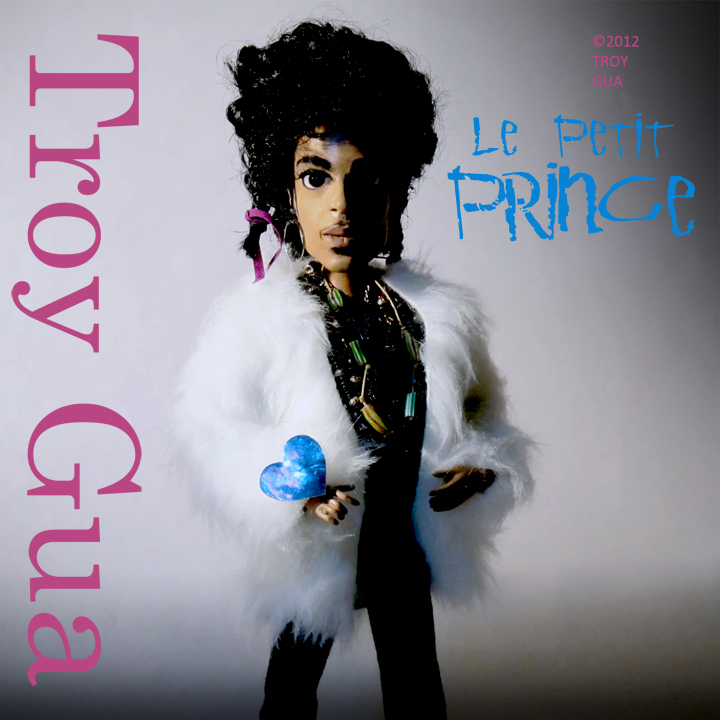
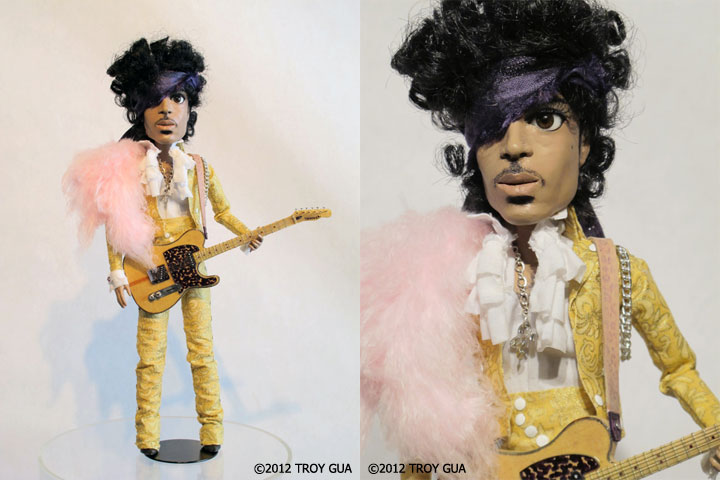
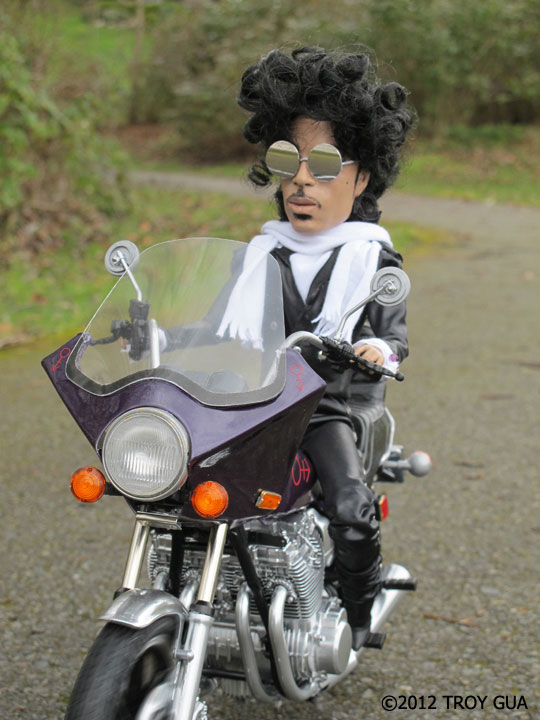

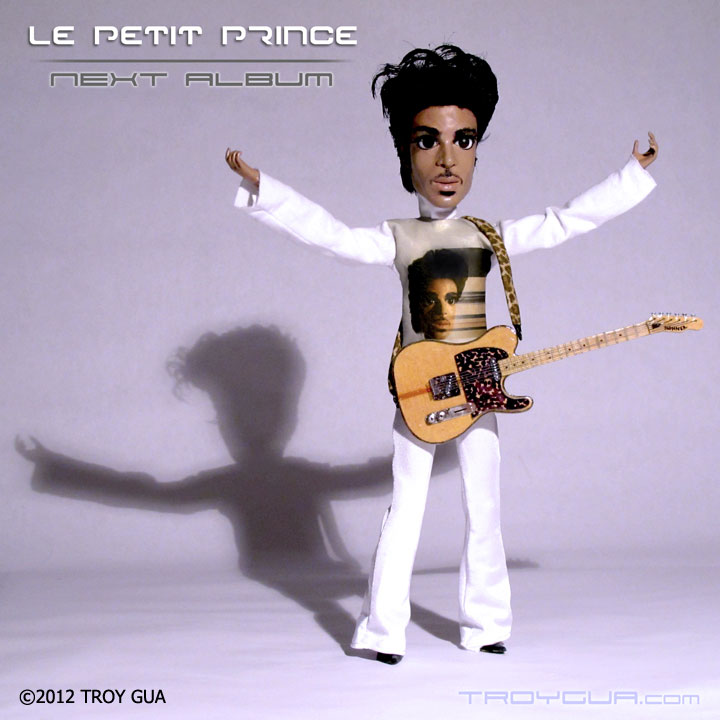
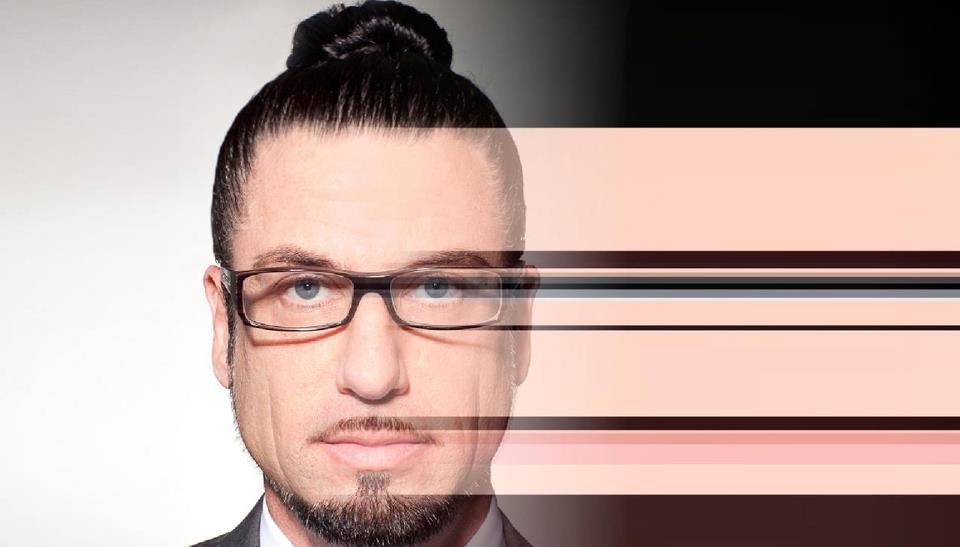
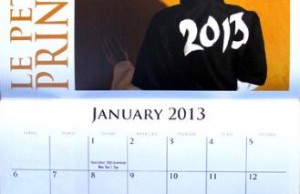
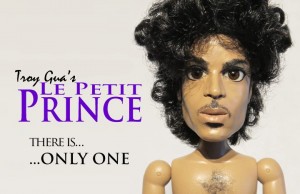

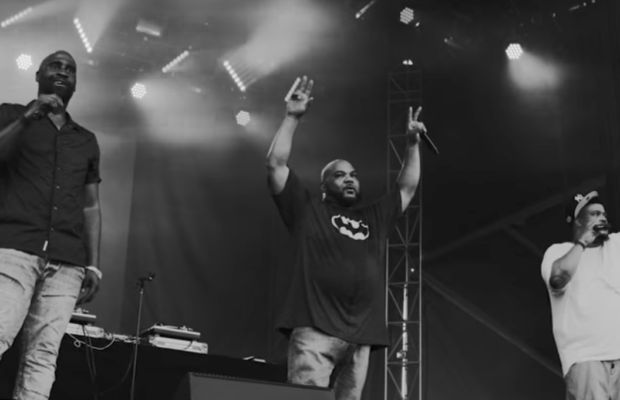
3 Comments